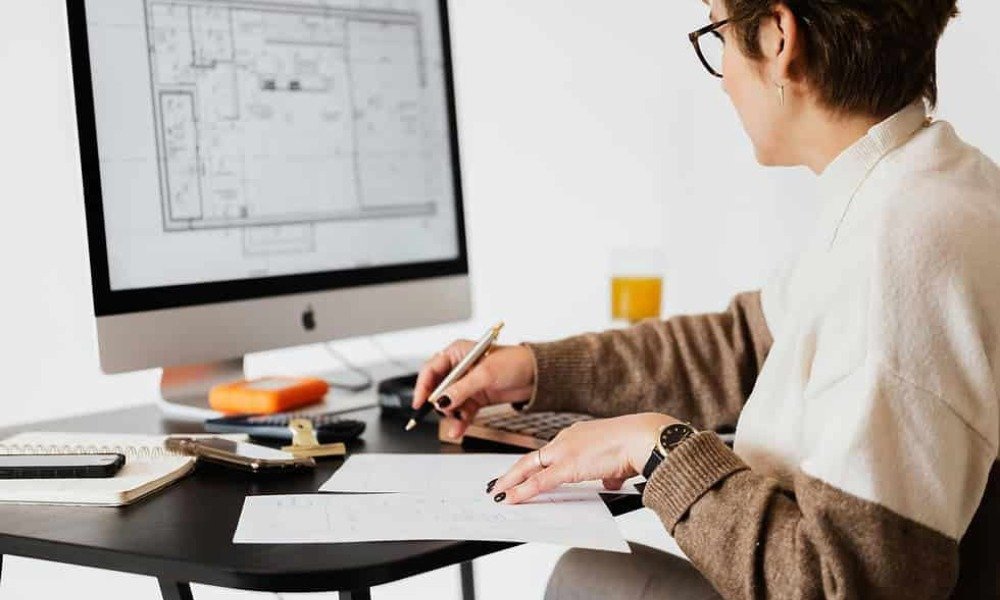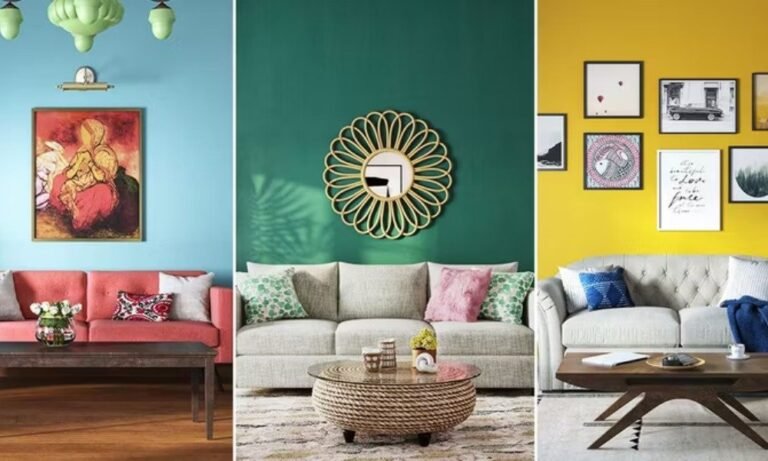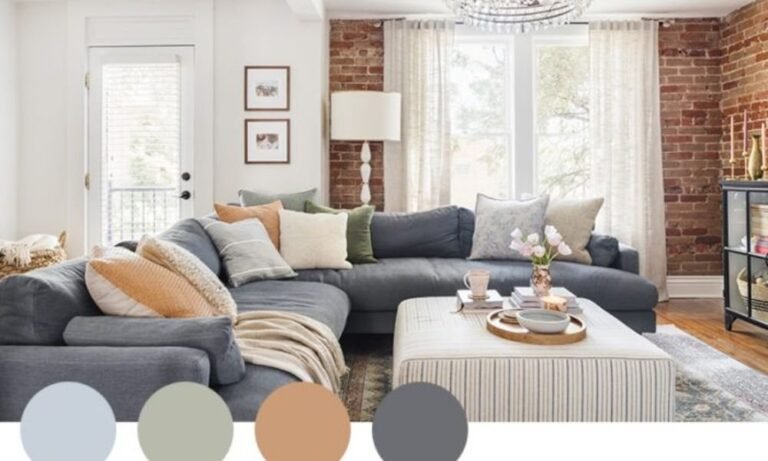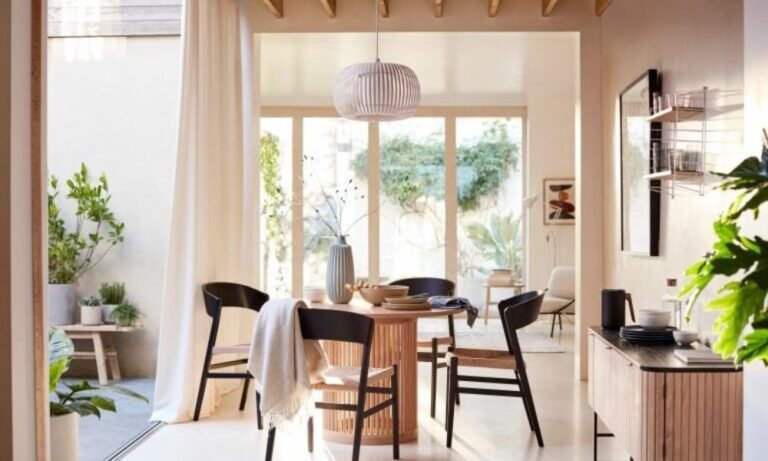Estimated reading time: 5 minutes
Creating a beautiful, functional space isn’t just about picking the right furniture or choosing trendy colors. It’s about transforming a house into a home or a commercial space into a productive, welcoming environment. That’s where an interior designer comes in. But with so many options, how do you find the perfect one?
I’ve been through this process, and trust me—it’s not as simple as scrolling through Instagram and picking the first designer with a gorgeous portfolio. A great interior designer should align with your vision, understand your needs, and work within your budget without compromising style.
This guide will walk you through everything you need to consider when hiring the right professional for your space.
What You’ll Learn in This Guide
- How to define your style and needs before searching for a designer.
- The best places to find reputable interior designers.
- Questions you should ask before making a decision.
- The importance of budget planning and how designers charge for their services.
- How to assess a designer’s experience, communication, and design approach.
Let’s get started!
1. Define Your Needs Before You Search
Before reaching out to a designer, take some time to understand what you need. Are you refreshing a single room or planning a complete renovation? Do you have a particular style in mind, or are you looking for professional guidance?
Ask yourself:
What is my budget?
What is my preferred style (modern, minimalist, traditional, eclectic)?
Do I need a designer for planning only, or will they manage the entire project?
If you’re unsure about your design preferences, start with How to Choose the Perfect Color Palette for Your Space—color sets the tone for any room.
2. Research and Shortlist Designers
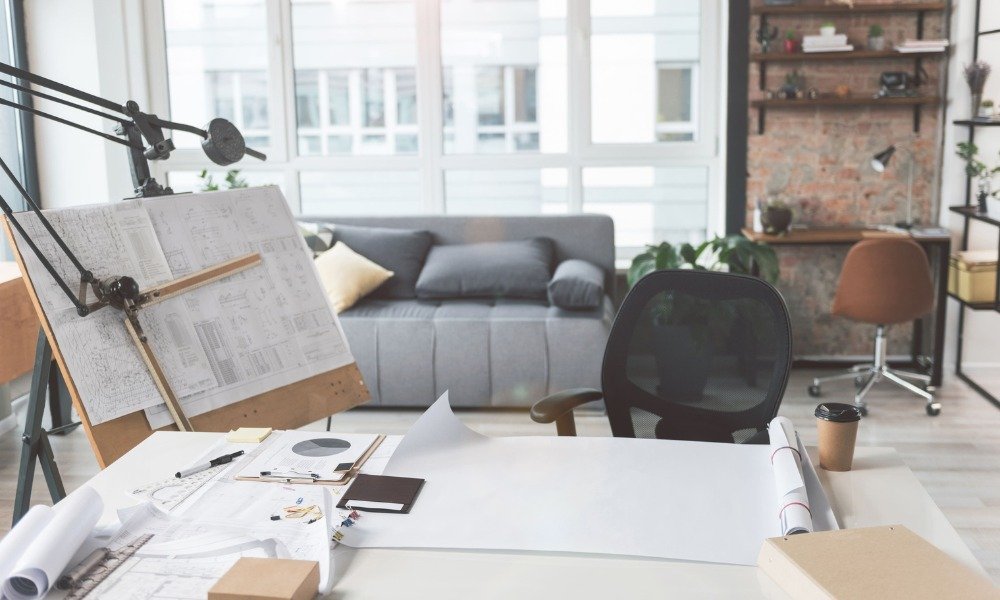
Finding a designer is easier than ever, but finding the right one takes effort. Here’s where to start:
Where to Look
Google & Online Directories (Houzz, LinkedIn, Local Listings)
Social Media (Instagram & Pinterest)
Referrals (Ask friends, family, or colleagues)
Design Shows & Home Expos
Once you find a few options, review their portfolios carefully. Don’t just focus on aesthetics—check if their past work aligns with what you need.
Pro Tip: If storage is a concern, make sure your designer understands How to Maximize Storage in Modern Interiors—functionality matters just as much as beauty.
3. Evaluate Experience and Credentials
A strong portfolio is great, but it’s not everything. Here’s what else matters:
Formal Training & Certifications: Not all designers have degrees, but credentials from institutions like ASID (American Society of Interior Designers) or NKBA (National Kitchen & Bath Association) indicate expertise.
Experience in Your Type of Project: Some designers specialize in high-end luxury homes, while others excel in budget-friendly makeovers.
Project Management Skills: If you’re doing a full-scale renovation, you need someone who can handle contractors, timelines, and budgets.
A well-rounded designer knows how to blend Functionality and Aesthetics seamlessly.
4. Understand Their Design Process
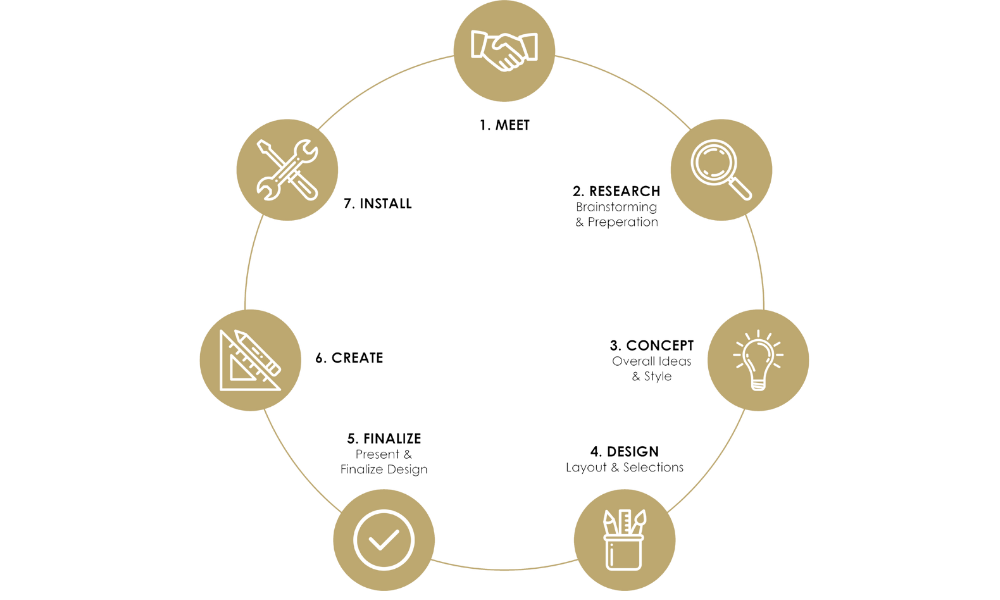
Every designer works differently. Some create a full 3D-rendered plan before moving forward, while others prefer a more organic approach.
Ask about their process:
- How do they develop concepts?
- Do they provide mood boards, sketches, or digital renderings?
- How involved will they be in material and furniture selection?
- What is their estimated project timeline?
If you’re interested in an open, airy feel, ensure they understand How to Create a Stunning Open-Concept Living Area.
5. Set a Realistic Budget & Understand Pricing
Interior designers charge in different ways, and knowing what to expect helps avoid sticker shock.
Common Pricing Models:
- Flat Fee: One price for the entire project.
- Hourly Rate: Ideal for small-scale consultations.
- Percentage of Total Budget: Some designers charge a percentage of the overall project cost.
- Cost-Plus: The designer marks up furniture/material costs and takes a commission.
Make sure you know exactly what’s included—some designers charge separately for site visits, revisions, or material sourcing.
6. Ask the Right Questions Before Hiring
Once you have a shortlist, set up consultations. A good interior designer won’t just sell themselves—they’ll ask about your vision, lifestyle, and expectations.
Key Questions to Ask:
Can I see a portfolio of past projects?
Do you have client references I can contact?
What’s your estimated timeline for a project like mine?
How do you handle unexpected challenges?
What’s included in your pricing structure?
Also, check if they understand current design trends. If you love staying on top of what’s new, read Top Trends in Home Décor before finalizing a designer.
7. Communication & Compatibility Matter
Hiring a designer isn’t just a business transaction—it’s a partnership. You’ll be working closely with them, so make sure their communication style suits you.
Do they listen to your ideas or push their own agenda?
Are they responsive to calls and emails?
Do they explain things clearly without overcomplicating decisions?
A good designer should enhance your vision, not dictate it. If they seem uninterested in your preferences, move on.
8. Trust Your Instincts & Make Your Decision
At the end of the day, hiring an interior designer isn’t just about credentials—it’s about trust. If someone ticks all the right boxes but doesn’t feel like the right fit, don’t ignore that gut feeling.
Take your time, compare options, and choose someone who truly understands your needs and lifestyle.
Final Thoughts
Choosing an interior designer is an investment—not just in aesthetics but in comfort, functionality, and even property value. By defining your needs, researching thoroughly, and asking the right questions, you’ll find the perfect professional to bring your vision to life.
And if you’re still wondering whether you even need a designer, check out DIY vs Professional: When to Hire an Interior Design Expert to weigh your options.
Finding the perfect designer isn’t about luck—it’s about preparation. And now? You’re fully prepared. Happy designing!
